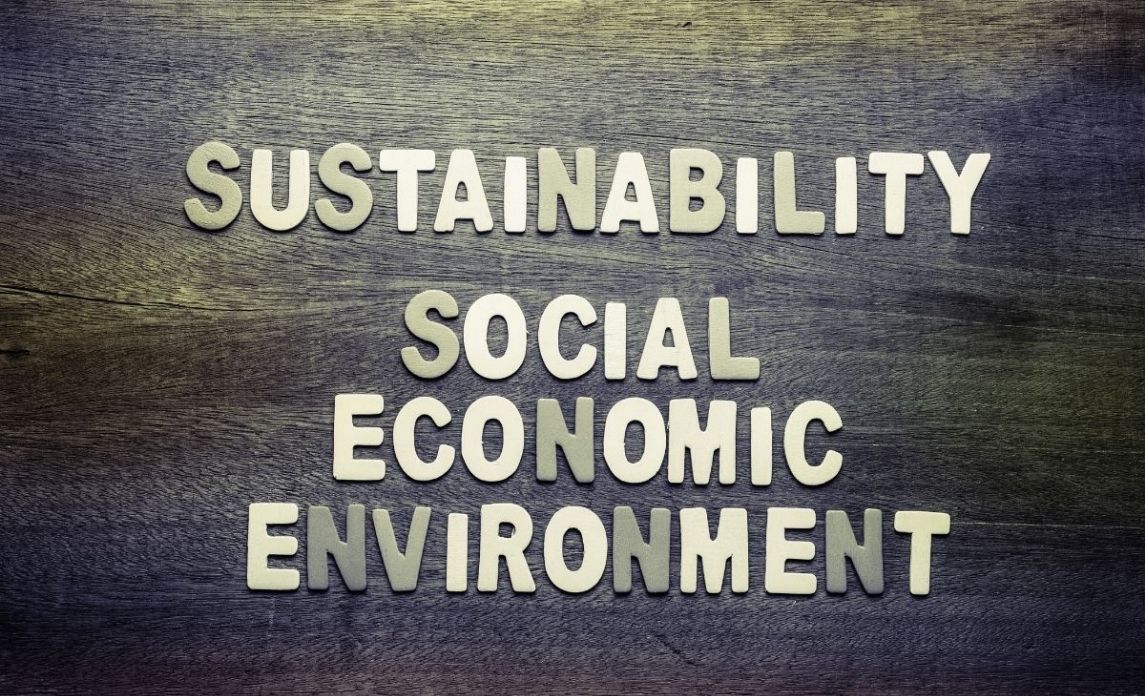“Sustainability” has become one of the 21st century’s biggest buzzwords. From transportation to fashion, both industries and individuals have become more conscious of their decisions so as to align them with sustainability goals.
Indeed, even commercial cleaning is undergoing a transformation towards greener, socially responsible, and sustainable methods. Many established names in the industry are moving or have already moved towards providing more sustainable services.
This begs the question: what does“sustainable” mean and how does it relate to cleaning? We dive into more details below.
What is Sustainability?
Sustainability, at its most basic, is all about fulfilling the world’s current needs without endangering the future generations’ capabilities of doing the same. This means ensuring the balance of natural, social, and economic resources, whether you’re a producer, provider, or consumer of goods or services.
Sustainability also explores social equity, particularly with regards to the even distribution of the above-mentioned resources.
As a concept, sustainability has three pillars: economic, environmental, and social sustainability.
- Economic Sustainability. This facet of sustainability is about promoting and maintaining independence, with every community having access to the necessary resources to meet their needs. Stable livelihoods are also at the core of economic sustainability.
- Environmental Sustainability. Most people think of environmental protection and preservation when they think about sustainability. This is the most easily appreciable pillar or sustainability, because most of the population is already aware about the need to ensure ecological integrity.
- Social Sustainability. This pillar of sustainability is all about universal human rights, ensuring that all basic necessities are attainable so that communities can maintain health and safety. Social sustainability also tackles the protection against discrimination and the preservation of cultural, labour, and personal rights.
What Is Sustainable Cleaning?
Based on the above definition and concepts, sustainable cleaning can therefore be defined as cleaning methods and habits that are good for both the people and the environment. These habits and methods can be performed either small- or large-scale, and thus can be practised by both individuals and businesses.
Some examples of sustainable cleaning practices and habits include the following:
- Using Green Products or Eco-Friendly Cleaning Products and Patronising Sustainable Manufacturers. It might feel challenging, even overwhelming, to make the switch from “regular” cleaning products to greener and sustainably made ones. However, the opposite is actually true. It’s easier than ever to find safe, Earth-friendly cleaners. The key is to know what to look for.
For example, don’t be led astray by labels with words such as “all natural” or “organic.” These words don’t have any regulations attached to their usage, so some manufacturers may use them as “bait.” What’s more important is to look for products with a seal of approval from the EPA.
You should also check the ingredients list. Green and sustainably made products don’t contain VOCs or volatile organic compounds. Some common examples of VOCs found in many household products—including cleaners—are benzene, ethylene glycol, formaldehyde, toluene, and xylene.
- Aiming for Efficiency. Sustainable cleaning means preventing wastage of cleaning products and water, not to mention time, energy, and money. This means aiming for efficiency every time you clean. Tips for efficient, sustainable cleaning include using the correct amount of cleaning products as indicated in the label. Cleaning from top to bottom is also ideal, since this means that you only need one pass to ensure a thorough clean.
- Conserving Water as Much as Possible. Commercial cleaning is often water-intensive, particularly specialised services such as deep-cleaning. If you’re working with commercial cleaners, ask them about the tools they use. Technology has paved the way for the development of water-saving equipment such as low-moisture vacuums. If your chosen commercial cleaner is already using these kinds of tools, good. If not, find a company that does or urge the current one to make the switch.
For regular home or office maintenance, you can utilise reusable flat mops or brooms to remove dust from the floor instead of wet-mopping. You should also turn on the dishwasher only when it has a full load.
- Using Microfibre. People have come to appreciate cleaning with paper towels because it’s hassle-free. However, the amount of paper wasted in this cleaning method is simply not sustainable nor eco-friendly.
Using recycled fabrics for rags is one way to solve this problem. Better yet, use microfibre cloths for cleaning and wiping surfaces. The unique structure of the fabric’s fibres make it effective in picking up dust, dirt, and grime.
Microfibre is also washable, which reduces waste. What’s more, you can use it multiple times before washing if you only use it for minor dusting. If you need to get rid of stubborn grime, there’s no need for special cleaners. You can simply dampen the microfibre cloth with water to deal with most messes.
Sustainable cleaning—and sustainability in general—is not just a fad. It’s an important principle and practice that’s necessary to ensure the survival and quality of life of future generations.
If you haven’t been practising sustainable cleaning yet in your cleaning systems or cleaning service, now is the time to do so. This is one of those few situations where everyone will benefit: private citizens, business owners, and the planet we live in.


